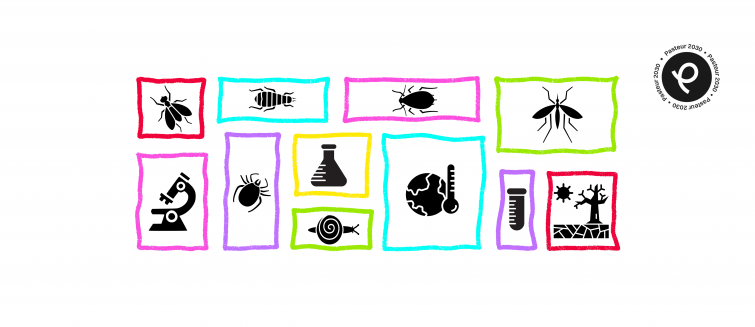
 PASTEUR2030
PASTEUR2030
CMTV: Come along on September 12 to meet a dedicated team and find out about the future services in the new infrastructure

One of the aims of the Pasteur 2030 Strategic Plan is to strengthen the Institut Pasteur's position as a leader and expert in understanding and controlling emerging infections, especially vector-borne infections.
In 2023, to increase its impact, and the impact of France, in this area, the Institut Pasteur embarked on the construction of a research center that will offer scientific and technological expertise of the highest caliber. The infrastructure will enable scientists to pursue ambitious research projects, consolidating the Institut Pasteur's position as a global reference in the field.
The first spades went into the ground in March 2024 for a complete overhaul of the historical Darré and Borrel buildings. The new center is set to be operational in three years' time, in mid-May 2028.
The infrastructure will be available to the entire campus and equipped with state-of-the-art technological capabilities, especially specific laboratories to study the most critical pathogens in optimal safety conditions, as well as the sophisticated imaging technologies that are now crucial for this type of research.
The center, which is being developed in line with the latest environmental standards, will include spaces to facilitate collaboration within and between buildings, cross-disciplinarity, and training for early career scientists. It will be a clear illustration of the tremendous potential of multidisciplinary alliances.
This is a flagship project under Priority 2 of the Pasteur 2030 Strategic Plan (see the newsletter article from June 13), but it will also be of great benefit for the work being carried out under Scientific Priority 1.
 Find out more about the services provided by the core facilities in the future center: come along on September 12 at 2pm
Find out more about the services provided by the core facilities in the future center: come along on September 12 at 2pm
On September 12, the project team will be holding a staff meeting to reveal more about the services provided by the core facilities in the new center, while also sharing the latest news on how the building is progressing.
Speakers:
• Introduction by Anna Kehres, CMTV Infrastructure Project Manager.
• Information about the services provided in the vector production and experimental host and vector infection spaces by Sabine Thiberge, Head of the CEPIA, and Caroline Manet, research engineer in the Central Animal Facility.
• Presentation of the BSL3 bioimaging facility by Nathalie Aulner, Head of the Photonic BioImaging Core Facility (PBI), and the BSL3 nanoimaging facility by Matthijn Vos, Head of the NanoImaging Core Facility (PNI).
• Report on how the building work is progressing by Pascal Tenegal, Head of the Real Estate and Technical Department.
To join the meeting, click on this link: Join the meeting now
 Spotlight on a multidisciplinary team bringing a large-scale project to life
Spotlight on a multidisciplinary team bringing a large-scale project to life
Read on for testimonials from some of the project team members – a collection of thoughts on the importance of expertise, commitment and ambition.
Anna Kehres, Project Manager
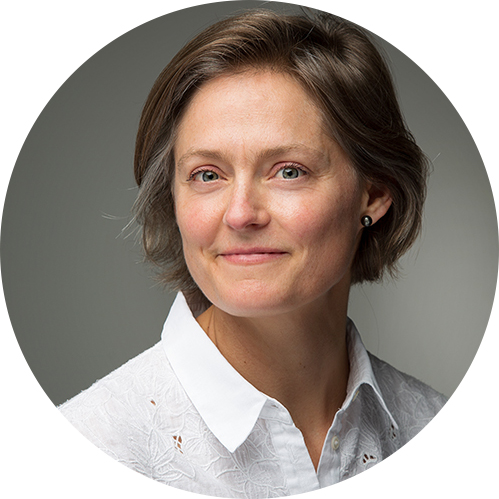
1. What inspires you the most about participating in this project?
What inspires me the most about this project is the opportunity to contribute to an ambitious initiative that will give the scientific community new capabilities to tackle emerging infectious diseases, especially vector-borne diseases. The project is central to Priority 2 of the Pasteur 2030 Strategic Plan, led by Anna-Bella Failloux, Philippe Bastin and Arnaud Fontanet, aimed at strengthening the Institut Pasteur's position as a leader and expert in understanding and controlling emerging infections. It will also closely support the efforts of Priority 1, led by Aude Bernheim and Olivier Schwartz.
I am also enthusiastic at the idea of being part of a collective undertaking whose success relies on a wide range of people, professions and experiences, both inside and outside the Institut Pasteur. Finally, the expertise, creativity and commitment of the project team are an additional source of inspiration and motivation for me.
2. How does your expertise contribute to the success of the project? What are the main challenges of the CMTV for your department?
This cross-cutting project is composed of around a dozen different yet interlinked areas of expertise: real estate, core facilities, finance, health and safety, organization and operation of the infrastructure, CSR, human resources and project management.
My role is to coordinate the project and the related risks, to lead the team of project managers representing each area of expertise, to establish a dialog with the interested parties and guide the decisions of the strategic steering committee for the project. My previous experience in managing cross-cutting projects and coordinating organizational projects and my knowledge of the Institut Pasteur developed over the past decade will come in useful.
The main challenge is to combine sustainable value creation for the scientific teams and the Institut Pasteur, while complying with deadlines and keeping within the budget.
3. Can you describe the CMTV project in three words?
Strategic, complex, co-created.
Central Animal Facility team
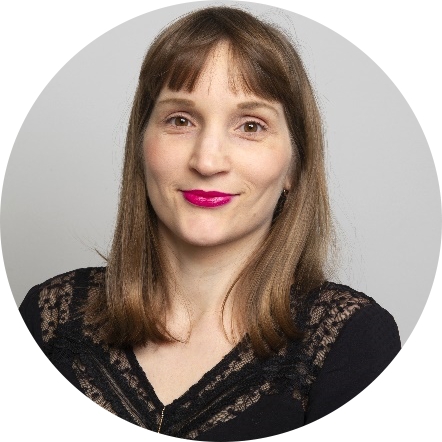
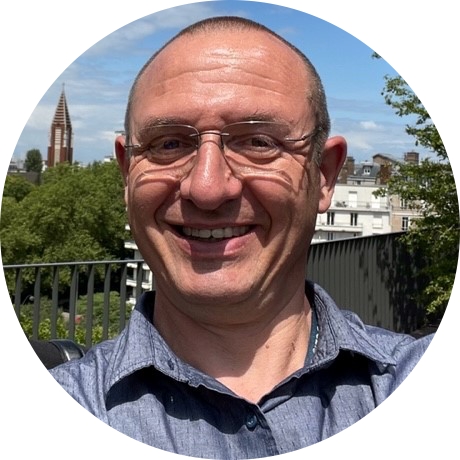
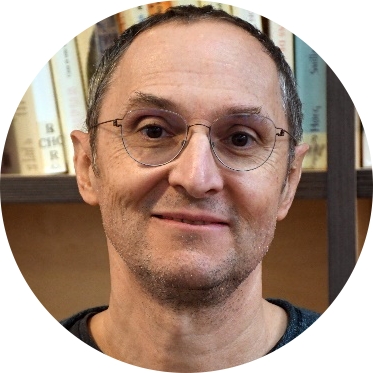
Caroline Manet, François Rimlinger, Jean Jaubert
1. What inspires you the most about participating in this project?
What inspires us the most is the science: contributing to an ambitious project that will open up new avenues for research for the Institut Pasteur's scientists, especially on critical issues such as infectious and vector-borne diseases.
What also inspires us is the humans behind the science: the opportunity to carry out this project alongside a competent, committed and multidisciplinary team, for the benefit of the entire Institut Pasteur community.
2. How does your expertise contribute to the success of the project? What are the main challenges of the CMTV for your department?
Our team is composed of people with diverse, complementary skills covering the scientific, technical, regulatory and operational dimensions related to the management of experimental animal facilities. This wide-ranging expertise gives us a comprehensive overview of the project and will enable us to design a high-quality infrastructure that is constantly developing to meet the needs of research. Our expertise helps us to anticipate needs, understand and comply with regulatory and technical requirements, and adapt to scientific developments.
The main challenges are finding a balance between scientific requirements and the realities of working in BSL3 biological containment conditions, ensuring that we comply with animal welfare standards, and also attracting and building qualified teams that will be crucial for the long-term future of the CMTV.
3. Can you describe the CMTV project in three words?
Scientific ambition, collective commitment, cutting-edge infrastructure.
Photonic BioImaging Core Facility (PBI) team
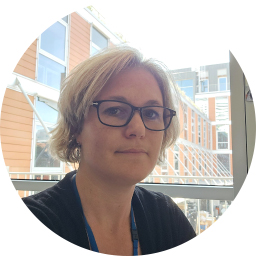
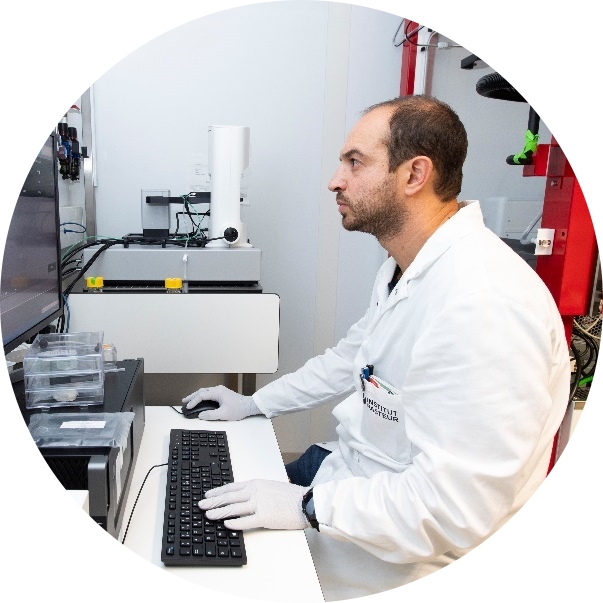
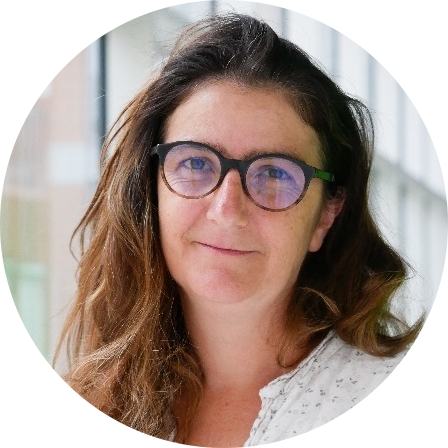
Christelle Travaille, Julien Fernandes, Nathalie Aulner
1. What inspires you the most about participating in this project?
Providing the Institut Pasteur with an optical imaging facility to analyze risk group 3 pathogens, in line with the specific needs of units on campus.
2. How does your expertise contribute to the success of the project? What are the main challenges of the CMTV for your department?
Our combined experience in core facility management, research into infectious and vector-borne diseases and optical imaging, and our close interactions with users will all come in useful in making this project a success.
The main challenges for us are making sure the technologies chosen are in line with the specific needs of campus, the financial dimension of the project and the human resources needed for it to be successful.
3. Can you describe the CMTV project in three words?
Shared expertise, innovation, challenge.
Department of Corporate Social Responsibility
and Technical Resources (DRSE-RT) team

Nathalie Denoyés
with Patricia Sylvestre, Sylvie Chauvaux, Pauline Govindin, Léa Cheng, Jean-Sébastien Fournier
1. What inspires you the most about participating in this project?
This project represents an amazing opportunity to contribute to a strategy of technical and scientific innovation, with exciting technological possibilities. There is also an inspiring collaborative dimension, based on teamwork and the pooling of multiple skills. The scientific appeal of the project, both nationally and internationally, is an additional source of motivation for us.
2. How does your expertise contribute to the success of the project? What are the main challenges of the CMTV for your department?
Our expertise in biosafety, decontamination and project management means that we can help guide the design of a building intended to be a research tool that is modular, sustainable, adaptable and meets safety requirements.
The aim is to create an environment that facilitates teamwork involving different experts involved in research on vector-borne diseases. Our thorough knowledge of the campus and the scientific teams that will be using the building is also an advantage as we can anticipate their specific needs.
The main challenge for the CryoEM working group is to guarantee a high safety level while using state-of-the-art equipment in a way that is flexible and dynamic, as required for collaborative research.
3. Can you describe the CMTV project in three words?
Technological innovation, modernity, collaborative project.
Real Estate and Technical Department team
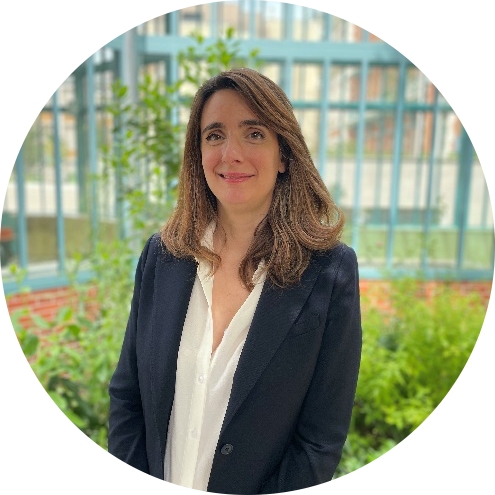

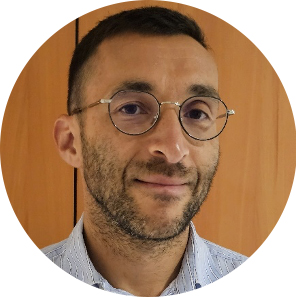
Delphine Delonca, Pascal Tenegal, Hervé Ali-Mandjee
1. What inspires you the most about participating in this project?
It is very inspiring to be part of this large-scale project that involves all the Institut Pasteur's departments.
For the Real Estate and Technical Department, the construction of the CMTV combines several technical and organizational challenges.
It is a highly sophisticated facility in technical terms, being built on a campus with extremely limited space that needs to remain open and operational, and it has an ambitious environmental dimension.
2. How does your expertise contribute to the success of the project? What are the main challenges of the CMTV for your department?
We are able to overcome several challenges by combining our various areas of expertise:
• Delivering a building that is functional from day one and meets advanced scientific requirements by applying our expertise in technical design, maintaining a dialog with the future occupants and monitoring the construction process
• Delivering a BSL3 cryoEM facility that is an ambitious undertaking and requires specialist expertise
• Throughout the process, overseeing the effective collaboration of a complex team in which each individual has a different specialization, by using tried and tested project management methods to comply with costs, deadlines and safety aspects.
We firmly believe that the technical challenges can only be overcome if they are tackled together by the entire team.
3. Can you describe the CMTV project in three words?
Team, technological achievement, ambitious.
Team from the Center for the Production and Infection of Anopheles (CEPIA)
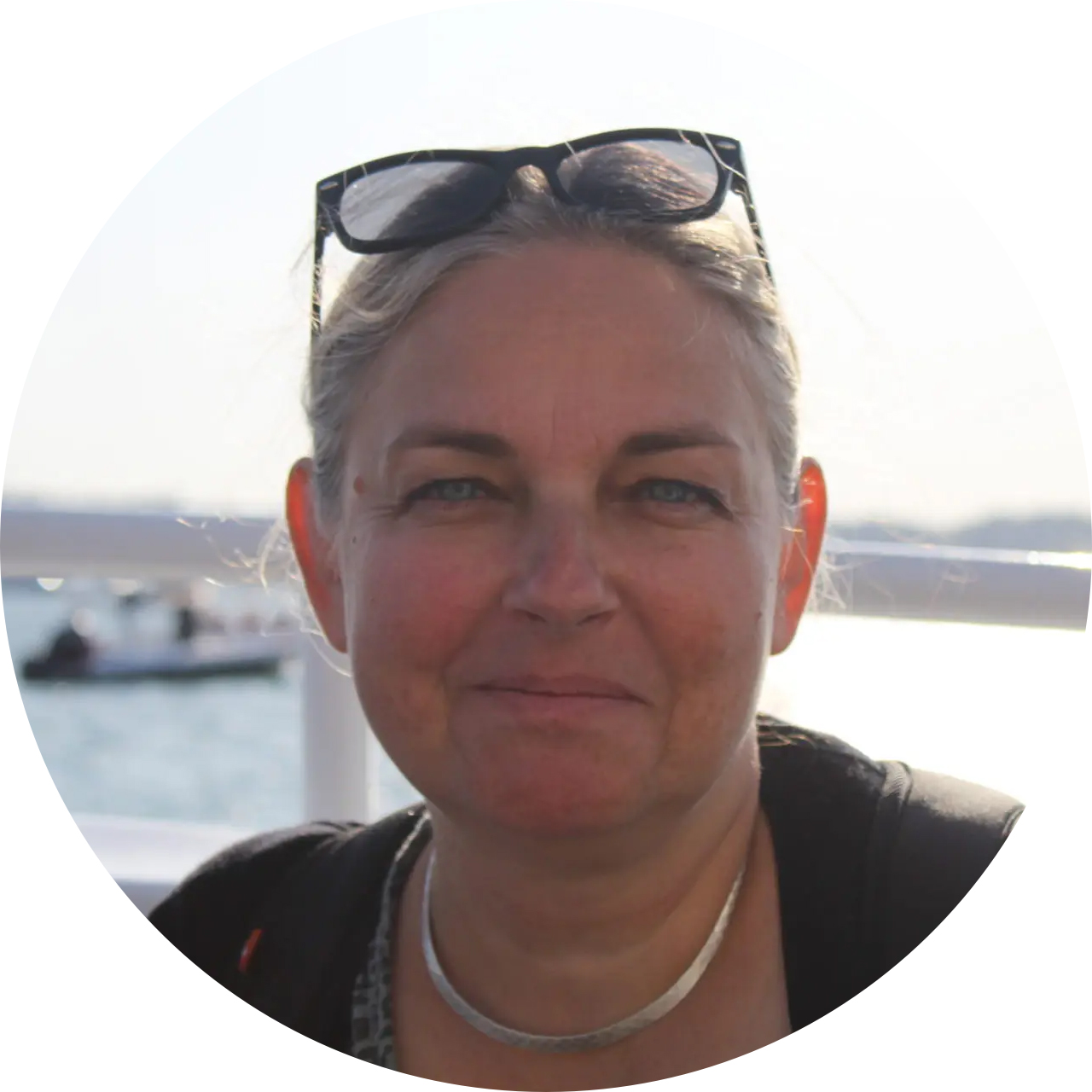
Sabine Thiberge, Audrey Lorthiois
1. What inspires you the most about participating in this project?
We are inspired at the idea of contributing to an innovative project that will enable scientists to explore the interactions between hosts, pathogens and vectors within a single infrastructure. This secure, stimulating environment will offer a fantastic opportunity to advance research on vector-borne diseases.
2. How does your expertise contribute to the success of the project? What are the main challenges of the CMTV for your department?
The expertise that we have developed at the CEPIA by supporting projects on malaria, for which we breed Anopheles and manage parasite culture, can serve as a model for the development of the CMTV's C2RA facilities, which will be used to house other vectors and pathogens. The main challenge will be to effectively coordinate all those involved so that this extensive facility can be fully effective in supporting research.
3. Can you describe the CMTV project in three words?
Innovative, integrated, dynamic.
NanoImaging Core Facility team
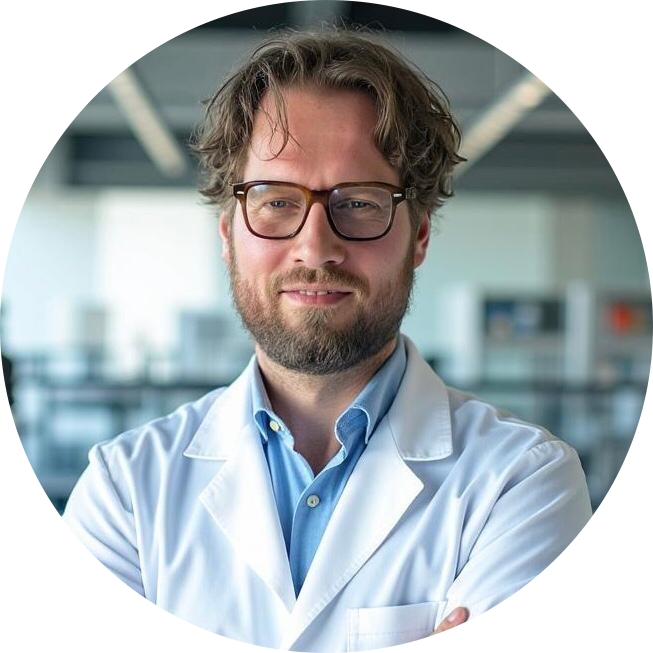
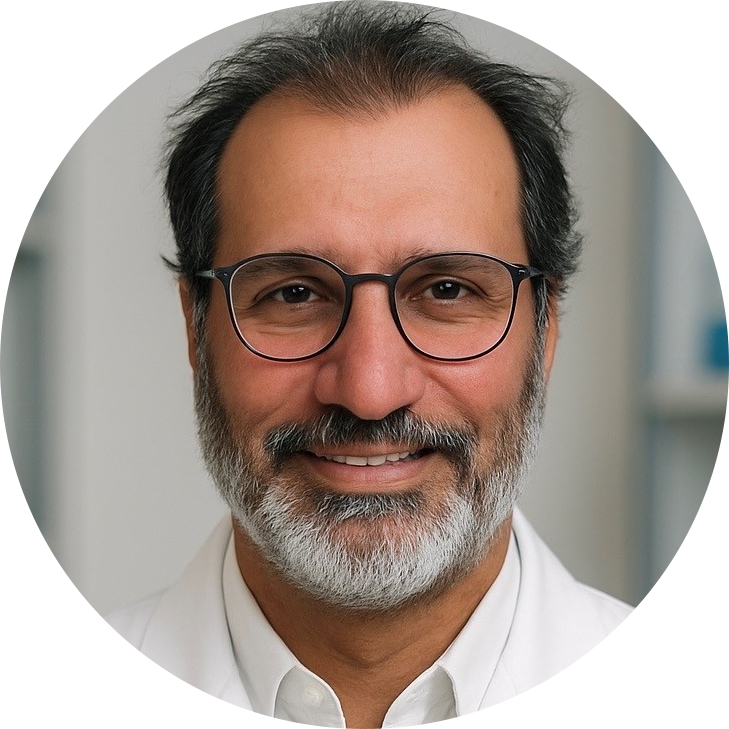
Matthjin Vos, Jean-Marie Winter
1. What inspires you the most about participating in this project?
Especially the cryo-correlative light and electron microscopy workflow that will be built into a BSL-3 environment is going to be the first facility of its kind worldwide. To build a unique facility that will drive groundbreaking discoveries and allow scientists to see structures inside the cells with a clarity and resolution that humanity has not seen before feels similar to pioneering the exploration of deep space with the Hubble telescope.
2. How does your expertise contribute to the success of the project? What are the main challenges of the CMTV for your department?
Before joining the Institut Pasteur, approximately 7 years ago, Jean-Marie and I were part of the resolution revolution in cryo-electron microscopy and both worked combined as experts for 35+ years for the company that build the microscopes. Our role is to help build the cryo-EM facility in the BSL-3 environment and develop decontamination protocols for these complex machines. The main challenge for the cryo-EM component is to find a way to combine extremely complex and delicate microscopy technology with strict safety rules that have never considered use of this complex technology to be used in a BSL-3 environment.
3. Can you describe the CMTV project in three words?
Game-changing, groundbreaking, ambitious.